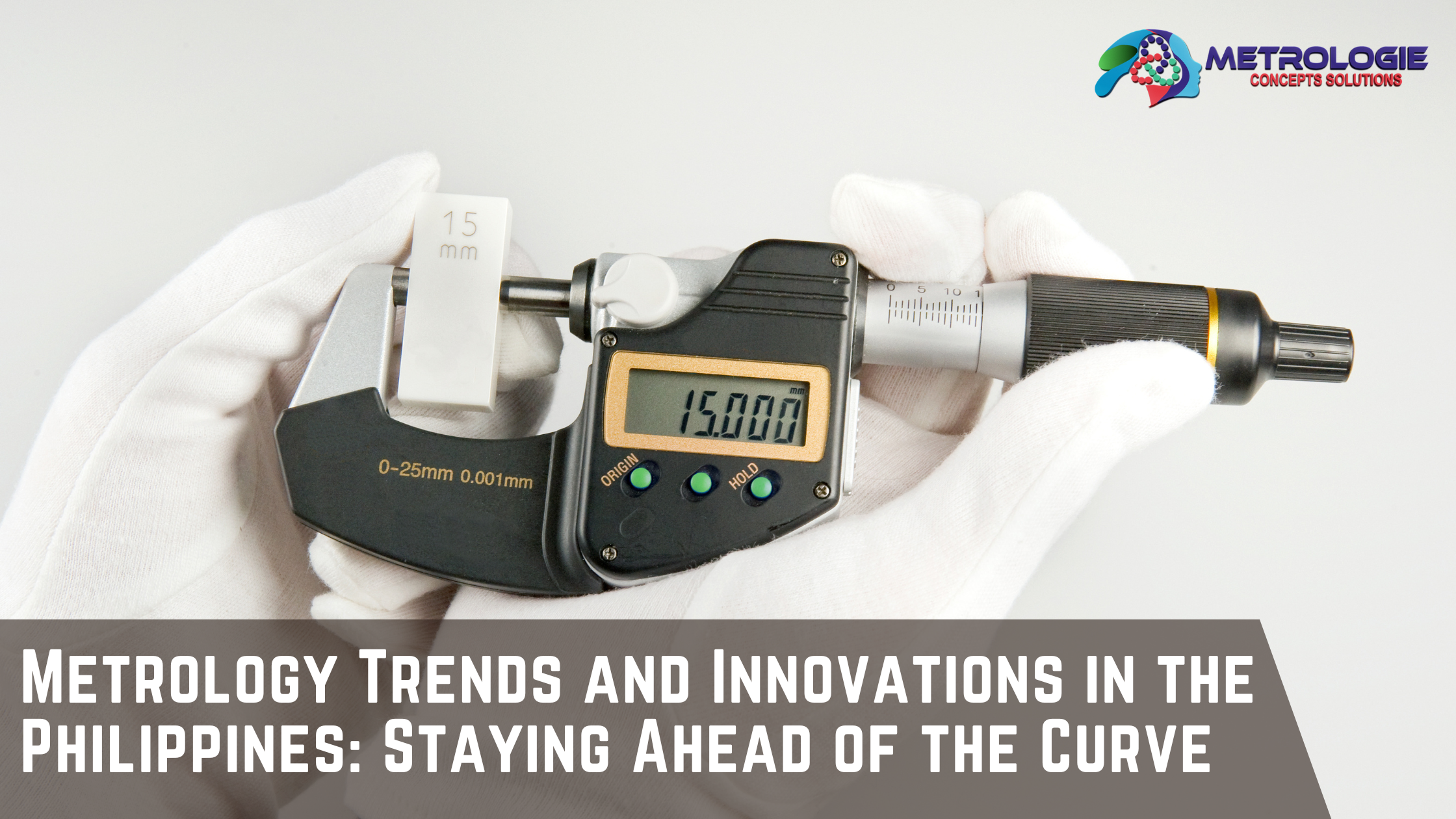In today’s rapidly evolving technological landscape, precision and accuracy are paramount in various industries, from manufacturing to healthcare. Metrology, the science of measurement, plays a crucial role in ensuring the quality and reliability of products and services. This article explores the latest metrology trends and innovations in the Philippines, highlighting how businesses and professionals can stay ahead of the curve in this dynamic field.
Introduction
Metrology, often referred to as the science of measurement, encompasses a wide range of activities aimed at ensuring precision and accuracy in measurements. In the Philippines, this field is experiencing rapid growth, driven by technological advancements and increasing demands for quality assurance across various sectors.
The Significance of Metrology
Metrology is not just about measurements; it’s about ensuring that these measurements are reliable and traceable. In industries such as manufacturing, aerospace, and automotive, precise measurements are essential to guarantee product quality and compliance with international standards.
Government Initiatives and Regulations
The Philippine government recognizes the importance of metrology and has implemented stringent regulations and standards to ensure the accuracy and reliability of measurements in various sectors. Organizations must comply with these standards to maintain their competitiveness and access international markets.
Advanced Measurement Technologies
4.1 Optical Metrology
Optical metrology is revolutionizing the way measurements are taken. It utilizes light-based technologies such as laser scanners and interferometers to achieve nanometer-level precision. This technology is particularly valuable in industries where intricate and precise measurements are required.
4.2 Coordinate Measuring Machines (CMM)
CMMs have evolved significantly in recent years. These machines can now perform complex measurements with minimal human intervention, making them indispensable in quality control and inspection processes.
4.3 3D Printing and Metrology
As 3D printing gains traction in manufacturing, metrology is playing a crucial role in ensuring the accuracy of printed components. This synergy between 3D printing and metrology is reshaping how products are designed and manufactured.
Automation and Robotics Integration
The integration of automation and robotics into metrology processes is enhancing efficiency and reducing human error. Automated measurement systems can operate 24/7, providing real-time data and facilitating faster decision-making.
Metrology in Healthcare
6.1 Medical Device Calibration
In the healthcare sector, the calibration of medical devices is vital to patient safety. Metrology ensures that medical equipment, such as MRI machines and blood analyzers, delivers accurate results.
6.2 Pharmaceutical Quality Control
Pharmaceutical companies rely on metrology to maintain the highest quality standards in drug manufacturing. Precise measurements are crucial in ensuring that medications are effective and safe for patients.
Challenges and Solutions
While metrology offers numerous benefits, it also faces challenges such as skilled workforce shortages and the need for continuous technological upgrades. Collaboration between industry and academia can address these challenges and drive innovation in metrology.
Training and Skill Development
To stay competitive in the evolving field of metrology, professionals must undergo continuous training and skill development. Certification programs and workshops are essential for ensuring that measurement specialists stay up-to-date with the latest technologies and best practices.
Future Prospects
The future of metrology in the Philippines is promising. With ongoing technological advancements and a growing emphasis on quality assurance, the demand for metrology services will continue to rise, offering new opportunities for businesses and professionals in this field.
Conclusion
In a world where precision and accuracy are paramount, metrology stands as the guardian of quality. Embracing the latest trends and innovations in metrology is not just a choice but a necessity for businesses and professionals in the Philippines. By staying ahead of the curve, they can ensure the reliability and competitiveness of their products and services.
Frequently Asked Questions (FAQs)
- What is metrology, and why is it important? Metrology is the science of measurement, and it’s crucial for ensuring accuracy and reliability in various industries.
- How is the Philippine government involved in metrology? The Philippine government has implemented regulations and standards to ensure accurate measurements in different sectors.
- What are some advanced measurement technologies in metrology? Advanced technologies include optical metrology, CMMs, and 3D printing integration.
- Why is metrology important in healthcare? Metrology ensures the accuracy of medical devices and quality control in pharmaceuticals, which are critical for patient safety.
- What is the future outlook for metrology in the Philippines? The future of metrology is promising, with increasing demand for its services and ongoing technological advancements.
In this rapidly advancing era, staying ahead of the curve in metrology is essential for businesses and professionals in the Philippines. Embrace the trends and innovations discussed in this article to ensure that precision and accuracy remain at the forefront of your endeavors.



